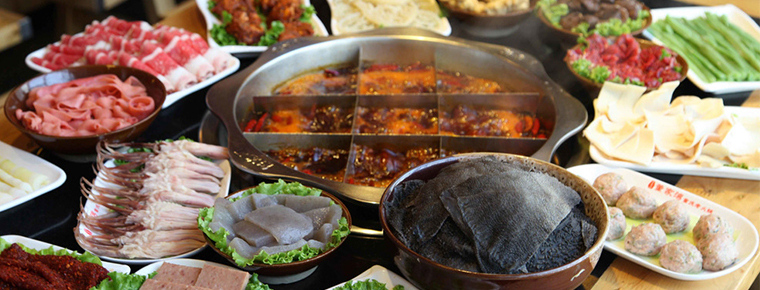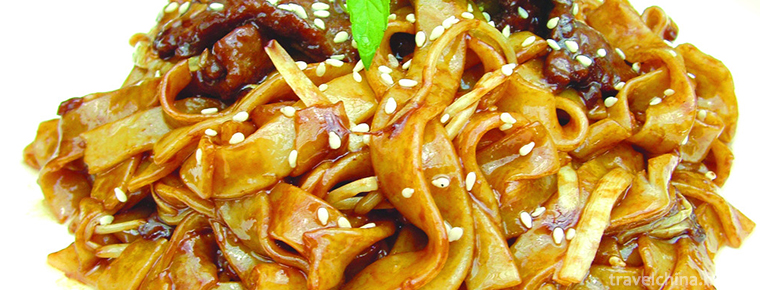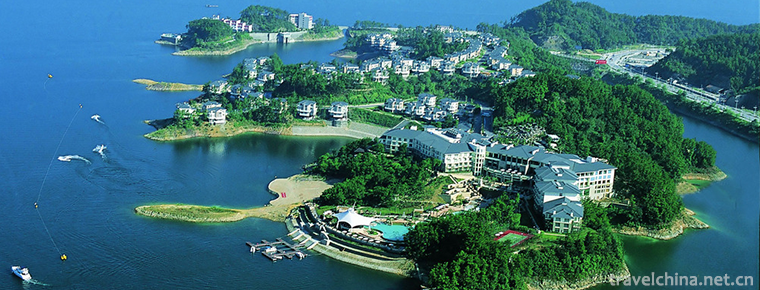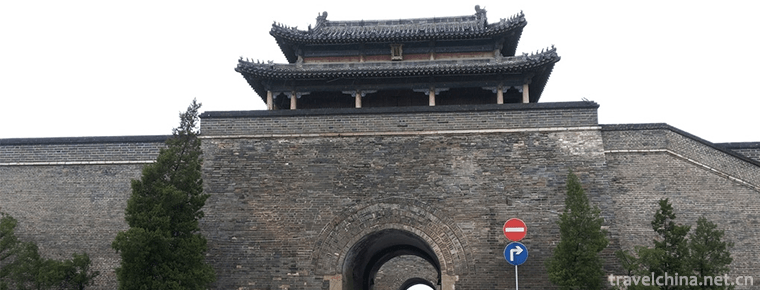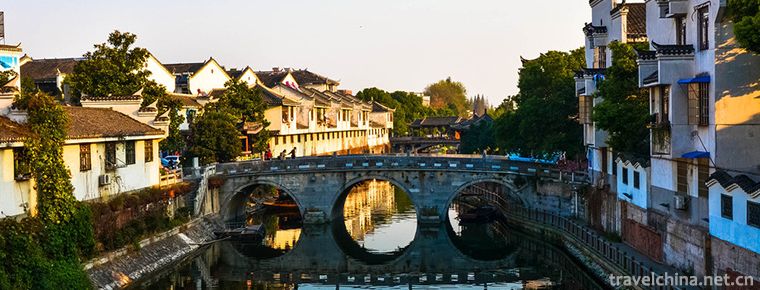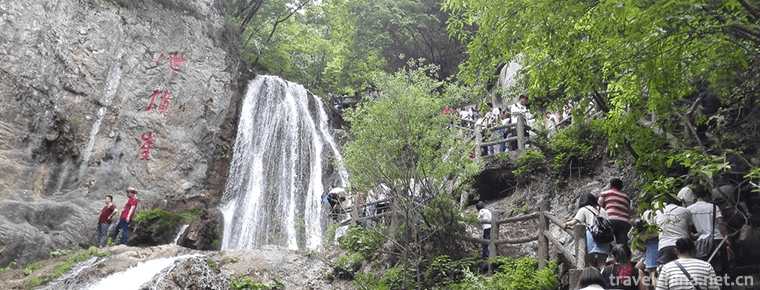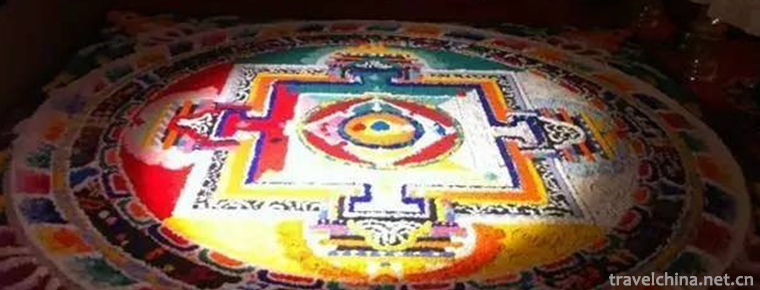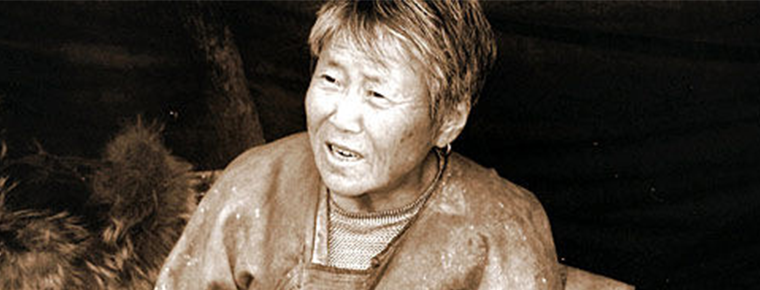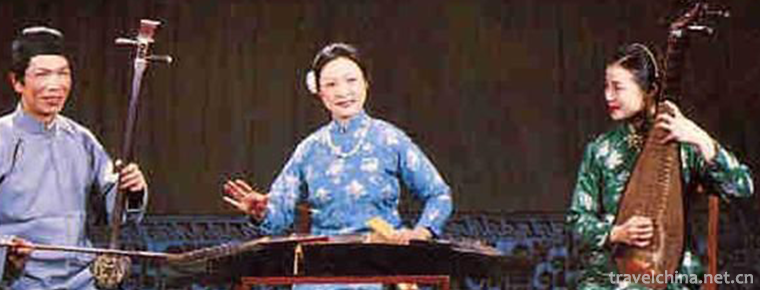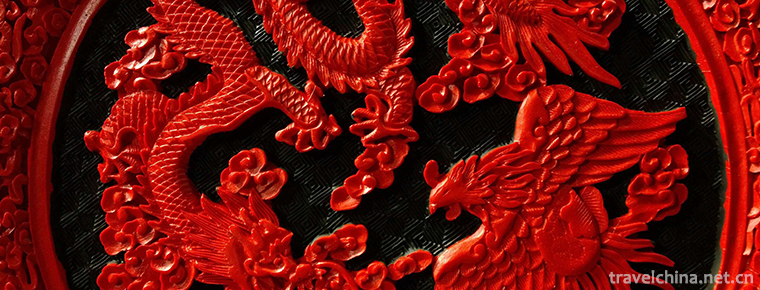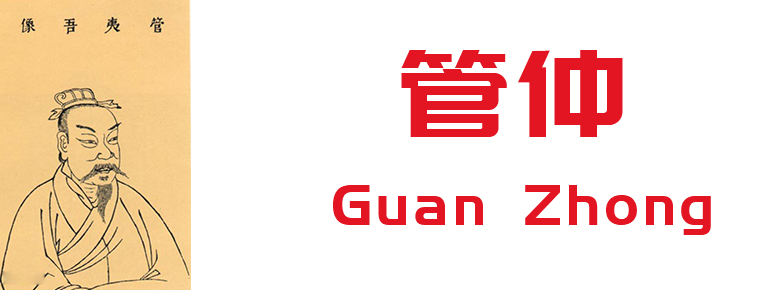Overhanging Great Wall
Overhanging Great Wall
The hanging wall of the Great Wall is located on the northern slope of the Heishan Mountains on the north side of Shiguan Gorge, 8 kilometers north of Jiayuguan City. In the eighteenth year of Jiajing in Ming Dynasty (1539), in order to strengthen the defense of Jiayuguan Pass, Li Han, a 15-kilometer-long stone-and-soil wall, was built on the Hilltop of the south side of the Gorge, outside the hidden wall of the Soldier's Preparedness Road in Suzhou.
brief introduction
The project was completed in Jiajing 19 years (1540), making the defense of Guancheng more tightly, known as the "Great Wall of Broken Wall" in ancient times. Because the city wall falls down steeply from the mountain, hanging upside down like the Great Wall on the ridge, the iron wall hangs overhead, blocking the Shiguan Gorge, commonly known as the "Great Wall with Suspended Wall". The original wall of the hanging wall is only one section, with a bottom width of 4 meters, a top width of 2 meters and a height of 0.5-6 meters. The lamellae are 10-15 cm thick and the soil 10-12 cm thick. The existing 750-metre Great Wall was rebuilt in 1987. Among them, 231-metre wall was suspended on a ridge 150 metres high and 45'inclined, up to 6 metres high, with the thickness of flagstone and soil as old as before. Build stacking walls and building walls at the top of the wall, one pier at the beginning and one pier at the end, and stepped steamed steamed bread paths on the top pier and hillside. Tourists climb up the stairs, flat as treading on the ground, steep as climbing a cliff. It is quite similar to the Badaling Great Wall in Beijing. There are poems praising the cloud: "The Great Wall, Wanliguan, hangs over the dark wall of the Black Mountain."
Tourism information
Admission ticket:
31 yuan (including postage Postcard 1 yuan). If you need to explain, additional fees will be charged for the whole journey (climbing the top) with less than 50 yuan for 10 people, 5 yuan for more than one person for more than 10 people, 25 yuan for less than 10 people for half journey (not climbing the top), and 5 yuan for more than one person for more than 10 people.
Transportation:
Located 8 kilometers north of Jiayuguan City, on the northern slope of Heishan Mountain on the north side of Shiguanxia Pass, it is about 14 kilometers by bus from the urban area to the Great Wall. From Jiayuguan City to the Great Wall, about 7 kilometers.
Tips:
The best travel time of the Great Wall is 08:30-20:00 (summer and autumn); 08:30-18:00 (winter and spring)
Nearby attractions
Water Happy Garden and Great Wall Museum of Jiugang
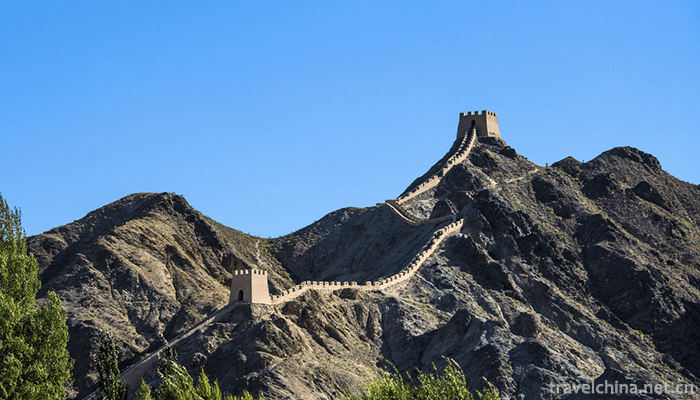
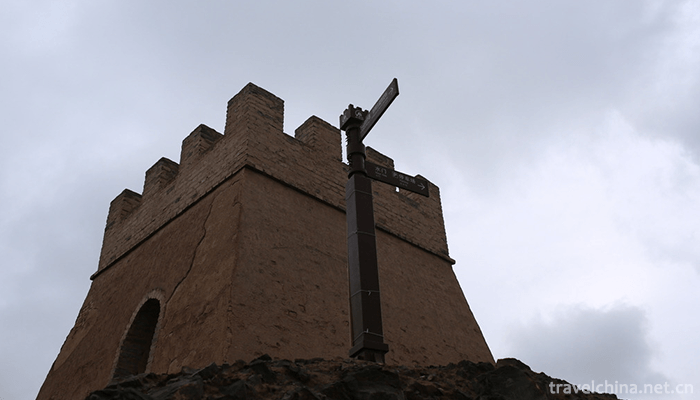
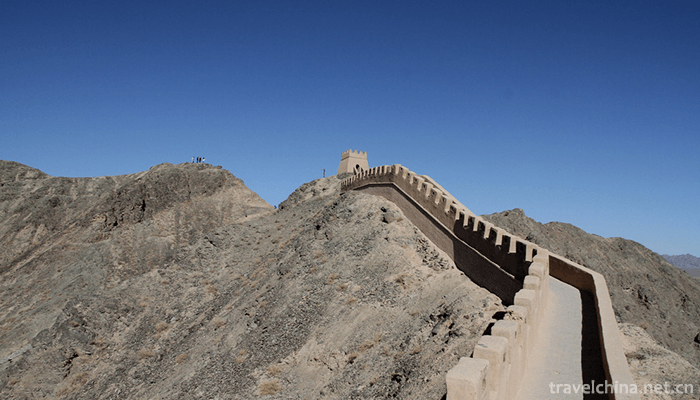
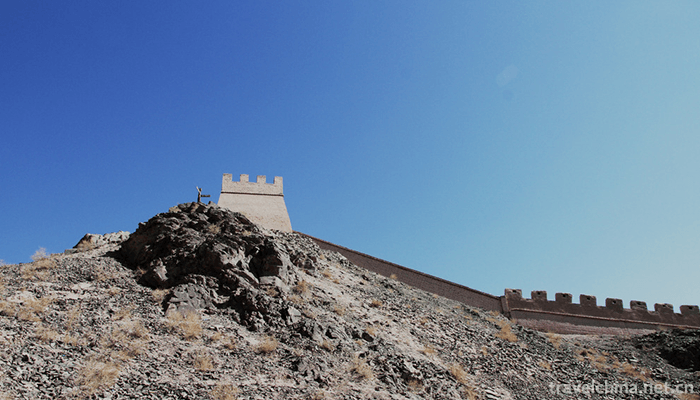
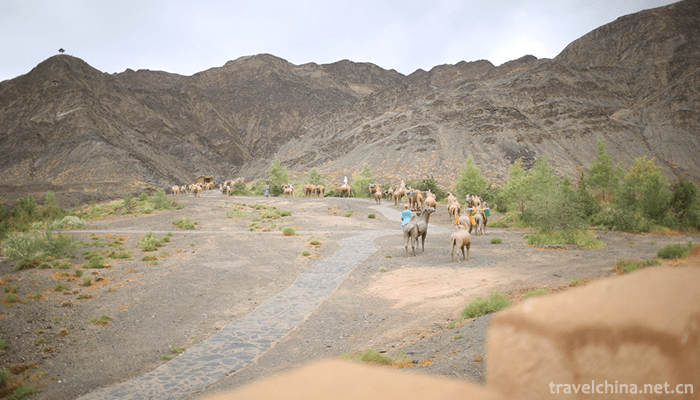
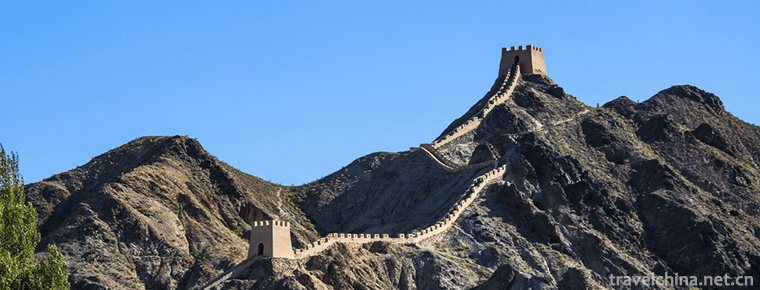
Overhanging Great Wall
-
Dry fry rice noodles with beef
Dry fried beef river is a Cantonese dish made from materials such as sprouts, river meal and beef. One of the traditional snacks in Guangdong
Views: 307 Time 2018-11-14 -
Thousand Islet Lake Qiandaohu Scenic Area
Qiandaohu Scenic Area, also known as Xin'anjiang Reservoir, is located in Chun'an County, Hangzhou City, Zhejiang Province.
Views: 205 Time 2018-12-07 -
Qu Fuming Gucheng
Qufuming Old Town: World Cultural Heritage, one of the three holy cities in the world, national AAAAA tourist attractions, National Scenic spots, national key cultural relics protection units, one of
Views: 191 Time 2018-12-08 -
Sanhe ancient town Scenic Area
Sanhe Ancient Town Scenic Area is located in Feixi County, Hefei City, on the shore of Chaohu Lake, adjacent to Lujiang County and Shucheng County
Views: 183 Time 2018-12-08 -
Chongdugou Scenic Area
Zhongdugou Scenic Area, located in Luanchuan County, Luoyang City, Henan Province, was given the name of emperor because Liu Xiu, Emperor Guangwu of the Eastern Han Dynasty
Views: 229 Time 2019-03-18 -
Painting of Painted Sand Tancheng
He said that if we compare life to a picture scroll, if the world wants to be detached from things and hearts, should it also laugh away the glory or frustration,
Views: 389 Time 2019-04-04 -
Mosukun of Oroqen Nationality
Mosukun of Oroqen nationality is Oroqen language, meaning "telling and singing stories". Most of the performances are performed by a single person without accompaniment of musical instrument
Views: 156 Time 2019-04-28 -
Siming Nanci
Siming Southern Ci is also called "Siming Documents". A kind of traditional local folk art in Zhejiang Province. Tanci, spoken and sung in Ningbo dialect. It is popular in Ningbo, Zhejiang P
Views: 198 Time 2019-06-16 -
Yangzhou lacquerware decoration skills
Yangzhou lacquerware painting process is cumbersome, the step is "batch putty scrape gray, brush paint and push light". During the Warring States Period, Yangzhou lacquerware decoration tech
Views: 237 Time 2019-07-10 -
Guan Zhong
Guan Zhong (about 723 BC - 645 BC) Ji surname Guan Shi, name Yi Wu, character Zhong, posthumous title, Yingshang (now Yingshang County, Anhui) A famous economist, philosopher, statesman and strategist
Views: 216 Time 2019-09-07 -
Dazhous tertiary industry
In 2019, the total retail sales of social consumer goods in Dazhou city will reach 98.794 billion yuan, an increase of 11.0%, 0.6 percentage points higher than that of the whole province, ranking the fourth in the province. From the regional perspectiv
Views: 195 Time 2020-12-20
